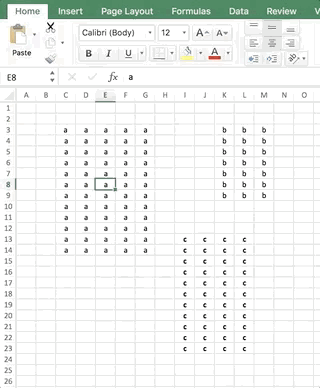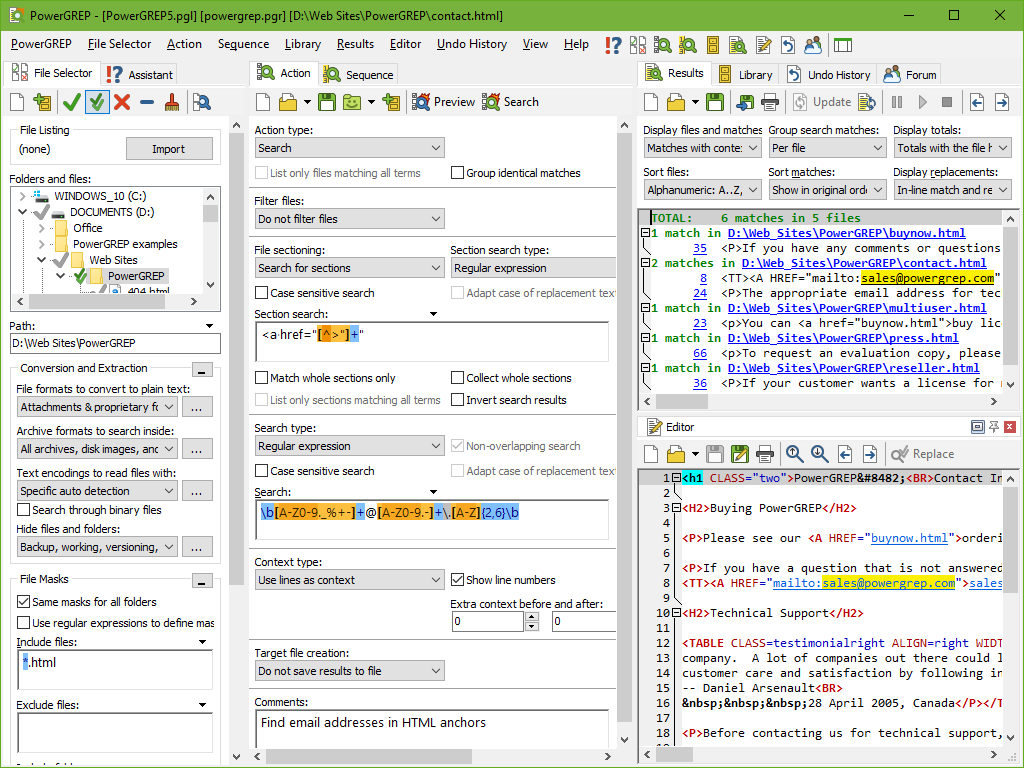By • 12:00 pm, April 7, 2014 • I’m kind of a stickler for a clean hard drive, especially since I started using Macbook Airs a few years back, what with their tiny little SSD units. I’ve moved most of my music to the Cloud and my, but there’s still a ton of cruft that ends up on my system. So, once a month or so, I sort my Movies, Applications, and Downloads folders by size, and delete the biggest things I don’t need anymore. Or I move them to an external hard drive for access later. Word for mac free. What I’ve never done before is use Spotlight to find these files easily across all my folders.
Mac Osx Search For All Large Files By Date
It is easy to find large files in Mac OS X. If you are running out of hard disk space, you may want to compress, delete, or move them to another disk. Here is how you can locate the large files on your hard drive. Mac’s built-in Finder app lets you search for the files according to the given criteria. For example, you can ask the app to show you the files that are larger than 3GB and were created on a specified date.
It’s kind of ingenious, really, so hats off to over at CNET, who pointed this out. Open a Finder window and hit Command-F on your keyboard to bring up the window-based Spotlight function. Now, click on the drop-down menu, where it says Kind and choose Other. A big pane will slide down, giving you a metric ton of options. Type “Size” into the search box at the top of this window, and then choose File Size for your filter type. Click on the checkbox to the right if you want to be able to select it from the original Kind drop down menu in the future. Now, click on the drop down menu that says “is equal to” and change that to “is greater than,” because we’re looking for big files at this point.
Type a number into the field to the right of that, changing the unit drop down menu to GB. I wanted to find any files greater than 2 GB to see if I needed to dump any of them. You can choose any number you like, and then delete the ones that you no longer need. This is just a faster way to do what we’ve been doing all along–finding big files that we’re not using and moving them along to the Trash or other storage.
How can I make OSX index a network share for spotlight? I am using a QNAP NAS with SMB network shares, which I mount with OS X Mavericks. They are not searchable, as far as I know because of the indexing of network share is by default not activated. To force the OS to index them I activated this via mdutils. But this is no solutions. This makes spotlight to index the share once. Paradigm pw 300 wireless setup for mac. But I want spotlight to index it always and keep it up to date.
I have a huge amount of documents & fotographs, which is very difficult to manage without being searchable. Unfortunately the only solution I found in the www was the mdutils-way, which seems not to work, maybe only works not for me. I would appreciate any assistance, Thank you, Stefan. The way Spotlight works on a Mac server is that - • There is a special server process running to do the indexing automatically - normally by monitoring file system changes i.e.
Can be downloaded from the App Store for free. All this is made possible thanks to the new features of iOS 8 and the great GIF support that the Apple platform has offered.In celebration of the new partnership, Fleksy is running a promotion that makes the Fleksy Keyboard free to download for the course of the next week.  The app is normally priced at $0.99, and this marks the first time Fleksy has gone free since it became a full keyboard replacement alongside the release of iOS 8. Users will be able to send GIFs instantly, right from within their main keyboard.
The app is normally priced at $0.99, and this marks the first time Fleksy has gone free since it became a full keyboard replacement alongside the release of iOS 8. Users will be able to send GIFs instantly, right from within their main keyboard.
Modifying a file or creating/deleting files • The use of a special Spotlight system account and the automatic addition via ACL records to allow this system account to have access to every file and folder With a server obviously the usual situation is that there are multiple different users and each user normally has different access permissions such that userA may not be able to access files owned by userB. Therefore userA is not going to be able to access and index files restricted to userB, hence as described above the special Spotlight system account on a Mac server.
Osx Search For Large Files

Spotlight on a Mac server is also clever enough to not only be able to index files owned by everyone, but to also only return the search results that user is allowed to access, therefore you will not see in the list of results files private to other users. Realistically this sort of system has to be done on the server itself, therefore it is the server supplier who has to provide this capability. So in your case QNAP.
Unfortunately Spotlight is proprietary to Apple so no-one else can add it to their product. You would still be able to do a basic filename search but not a file content search. There are some third-party products you can buy which can do their own file content indexing and these provide their own search clients. I used to work for a company and run the IT for them and we used a tool called 'Sonar' which did this.
See (I would not advise buying this particular solution now - it is possitively ancient and Spotlight would be the better choice.) A possible option would be to have a Mac server and have the Mac server mount the QNAP as a drive, and then have the Mac server re-share the QNAP. Mac clients would then access it via the Mac server. The Mac server would then handle all the user-authentication i.e. Logins, and would also do the Spotlight indexing.